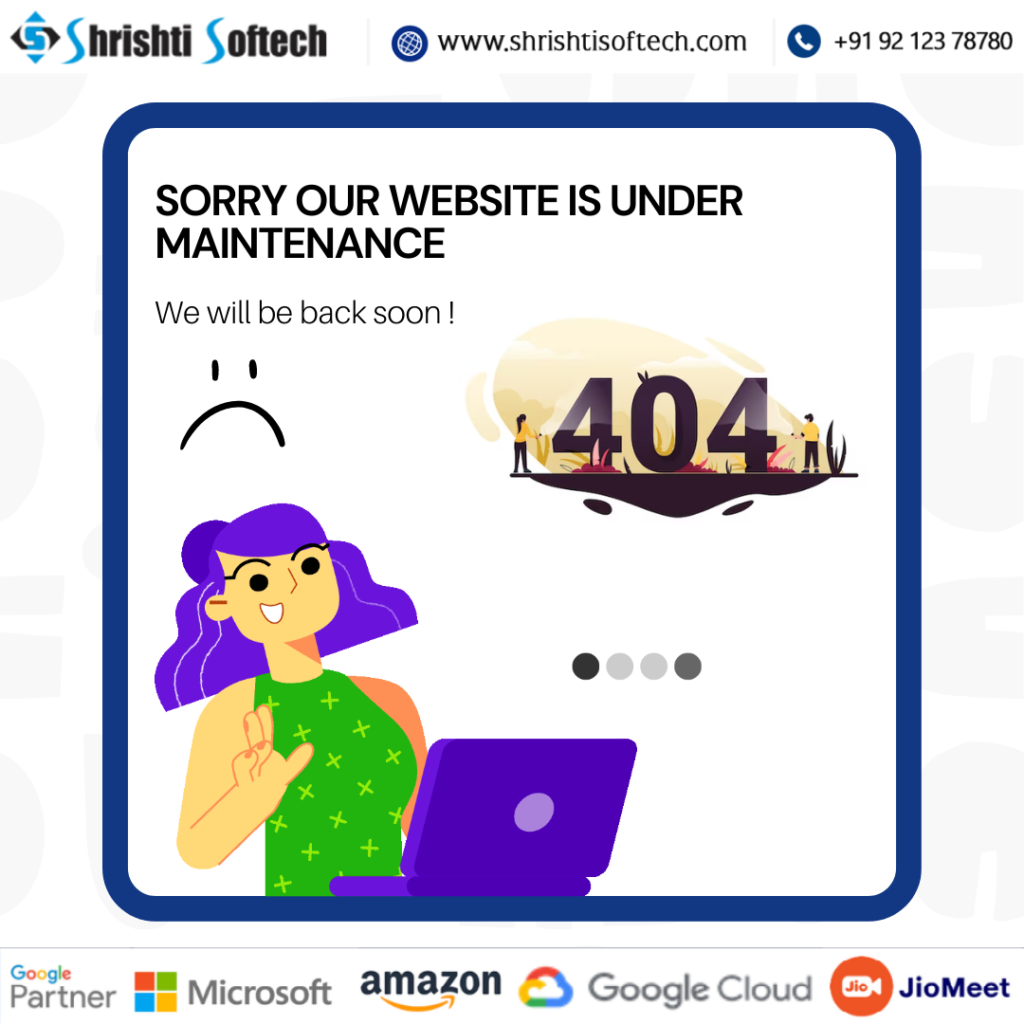
In the vast digital landscape, encountering the infamous Error 404 is an all-too-common experience for internet users. Whether you’re a website owner or an avid web surfer, understanding the nature of Error 404 and knowing how to tackle it effectively is crucial. In this blog post, we will understand the Error 404, exploring its causes, impact, and most importantly, providing you with practical solutions to fix it and enhance your website’s user experience.
Impact of Error 404 :
Negative effects on user experience and website credibility.
Search engine implications and potential SEO consequences.
Lost opportunities for engagement, conversions, and revenue.
Troubleshooting Error 404 :
Method 1 : Checking for mistyped URLs and correcting them.
Method 2 : Handling broken internal and external links.
Method 3 : Redirecting deleted or moved pages with 301 redirects.
Method 4 : Customizing your 404 error page for a better user experience.
Method 5 : Monitoring and resolving ongoing issues with web analytics tools.
Preventing Future Error 404 Occurrences :
Conducting regular website audits to identify broken links.
Implementing best practices for URL structure and website maintenance.
Educating content creators and developers on error prevention techniques.
Utilizing automated tools for link checking and monitoring.
Advanced Techniques and Tips :
Implementing dynamic 404 error pages with suggestions and search functionality.
Leveraging soft 404 errors for improved user experience.
Utilizing canonical tags to avoid duplicate content issues.
Incorporating proper error logging and monitoring systems.
How to fix the error 404 not found
The HTTP error 404 “Not Found” occurs when a web server cannot find the requested resource. This can happen for various reasons, such as the file or page being deleted, moved, or renamed, or an incorrect URL being entered.
Here are some steps you can take to try to fix the error :
Refresh the page :
Sometimes the error is temporary and can be resolved by simply refreshing the page. Press the F5 key on your keyboard or click the refresh/reload button in your web browser.
Double-check the URL :
Ensure that you have entered the correct URL in the address bar. Incorrect capitalization can lead to a 404 error. Make sure to include the file extension if it is required (e.g., .html , .PHP , .asp).
Use the website’s search function :
If you are trying to access a specific page on a website and you believe it should exist, look for a search bar or a sitemap on the site. Enter relevant keywords or navigate through the site’s directory to find the desired content.
Clear your browser cache :
Cached files in your browser can sometimes cause issues when loading web pages.
Clear your browser’s cache and try accessing the page again.
Check for broken links :
If you are a website owner or web developer, it’s essential to regularly check for broken links on your site. Use online tools or plugins that can scan your website for broken links and fix them accordingly.
Contact the website owner :
If you consistently encounter a 404 error on a specific website, it’s possible that the resource you are trying to access has been permanently removed or relocated. In such cases, reach out to the website owner or administrator for assistance or to notify them of the issue.
Check server logs :
If you are the website owner or system administrator, review the server logs to gather more information about the 404 error. The logs may provide clues about the specific file or resource that is missing, allowing you to fix the issue.
NOTE :
Remember, the steps above are general guidelines, and the specific solution to a 404 error may vary depending on the website or web server configuration.
Conclusion :
Error 404 doesn’t have to be a website owner’s worst nightmare. By understanding its causes, impact, and applying the right solutions, you can effectively handle Error 404 situations and maintain a seamless user experience. Remember, a well-maintained website with minimal errors not only delights your visitors but also ensures search engine friendliness and the potential for higher engagement and conversions.
With this comprehensive guide, you are now armed with the knowledge and tools to conquer the notorious Error 404 and keep your website running smoothly. Embrace the challenge, fix those broken links, and provide your users with an exceptional browsing experience.
